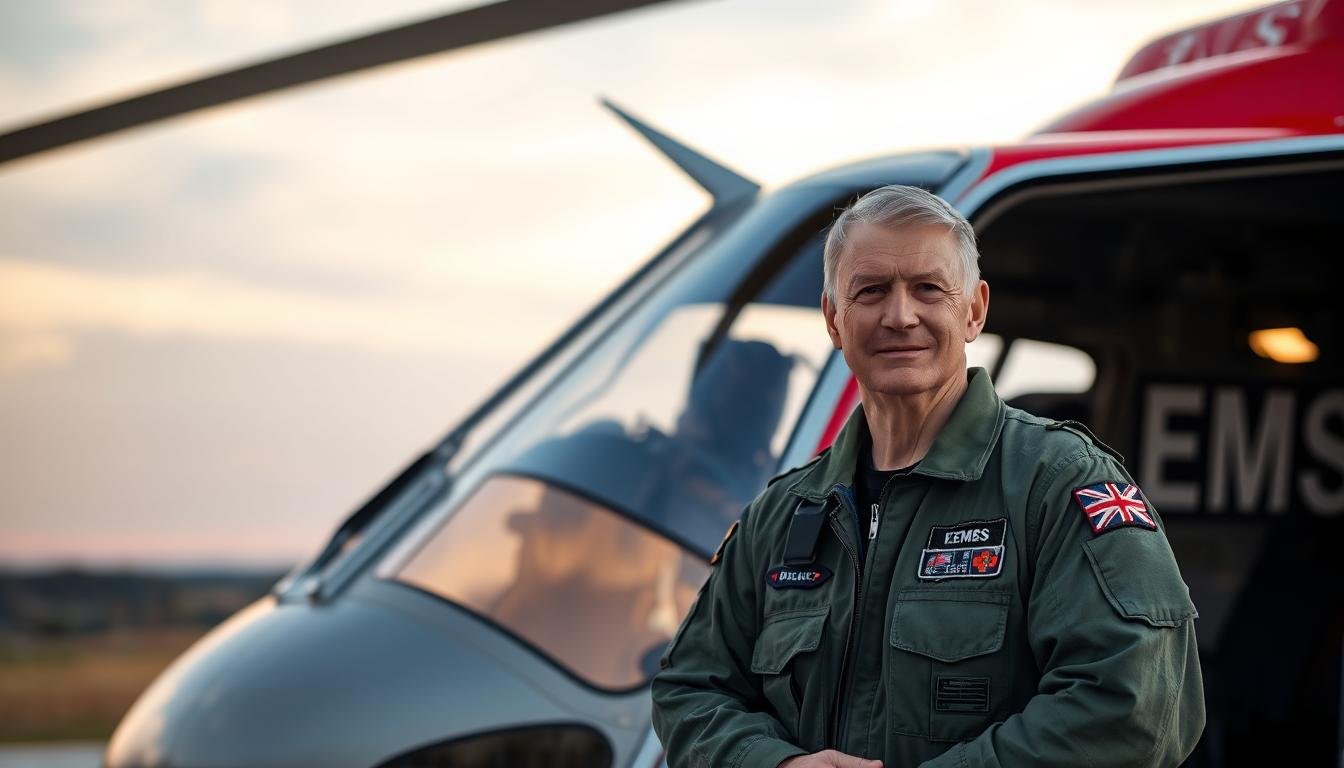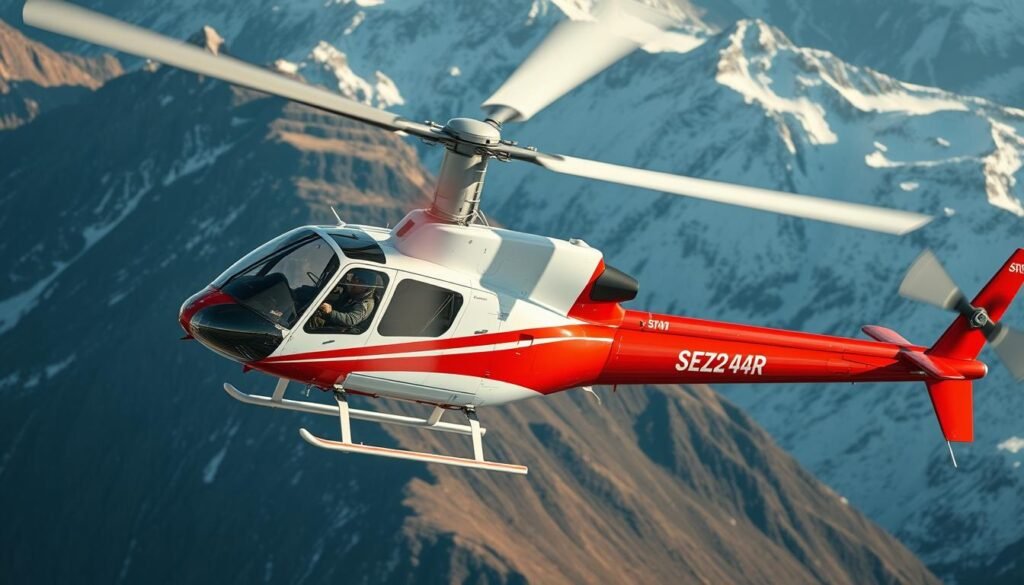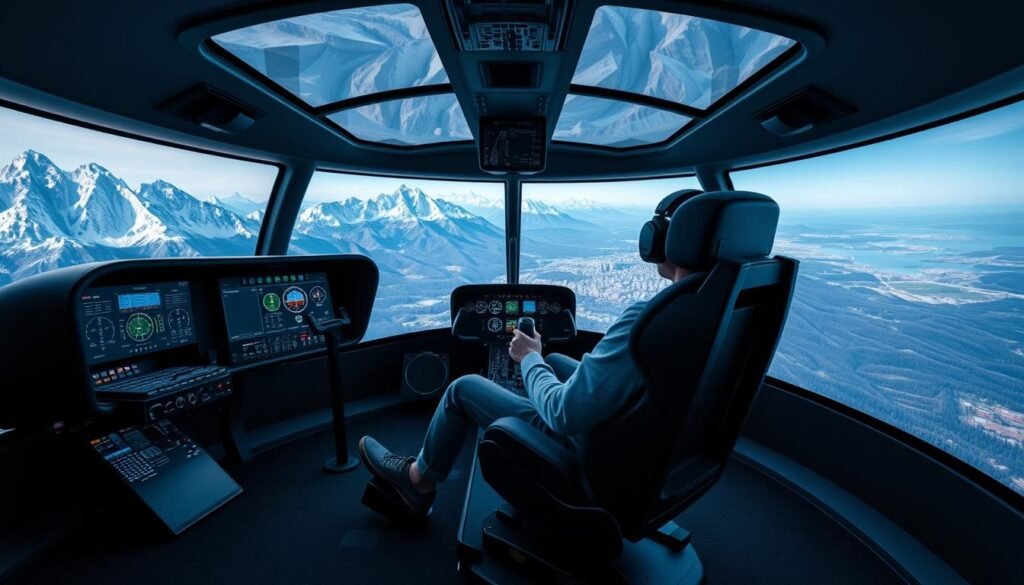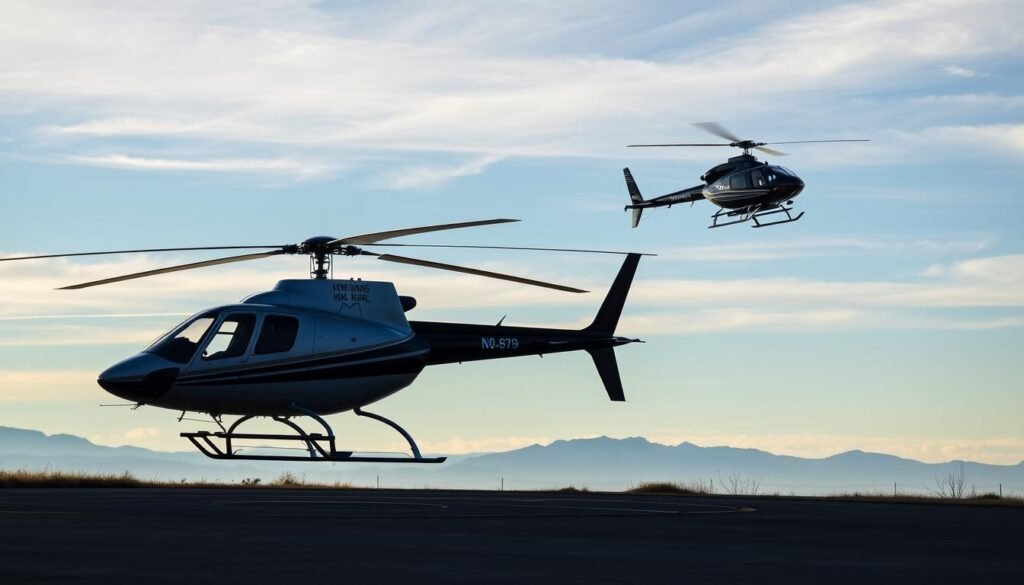This case study shows how those with combat flight backgrounds translate rigorous aviation and clinical skills into lifesaving care aloft. It highlights disciplined decision-making, strict protocol adherence, and clinical readiness built under pressure.
Readers will see why flight medicine experience—screening, readiness checks, and conservative pharmacology—prepares crews to deliver safe, effective care in time-critical scenarios. The narrative previews airframe familiarization, loading limits, and movement constraints that directly shape in-flight treatment.
The section positions veteran-led teams as force multipliers through leadership, triage, and mission execution that mirror the rigor of medevac operations. A featured case will demonstrate how decisive action and clinical acumen improve continuity of care from pickup through hospital transfer.

Key Takeaways
- Veteran aviators bring mission-ready decision skills that enhance in-flight patient safety.
- Flight medicine training improves screening and conservative treatment choices aloft.
- Airframe and loading limits shape what care is possible during a flight.
- Military-grade checklists and crew coordination boost reliability in civilian operations.
- A real-world case will show clear links between rapid decisions and better patient outcomes.
From Combat To Care: Military Veterans Flying EMS Helicopters
Experience managing trauma and readiness in austere environments transfers cleanly to civilian helicopter rescue missions. Capt. Amanda Woods’ deployment role combined clinic work and strict aircrew screening. She kept aircrew healthy while running urgent care across several specialties.
Present-Day Transitions From Combat Missions To Civilian Medevac
Her conservative medication choices and aviation-focused risk management mirror policies used in civilian programs. Twice she initiated helicopter evacuation—once for severe hypertension and once for retinal detachment that saved vision. Those actions show how rapid clinical judgment matters in flight settings.
Why Military Flight Medicine And Aircrew Experience Fit EMS Helicopter Roles
Medical readiness exams, conservative pharmacology, and triage training transfer directly to civilian medevac. Enlisted medics trained by Woods learned vital signs, triage, and fast decision-making. Those skills support pilots and clinicians during patient handoffs and in-flight stabilization.
Authoritative Case Lens: Flight PAs, Medics, And Pilots Supporting Patient Care
Structured roles and clear checklists from deployment settings help teams work reliably under pressure. The case lens shows a flight PA managing aircrew clearances while running clinic hours—versatility that improves continuity of care.
“Rapid assessment, strict screening, and conservative treatment choices preserved patient outcomes while protecting aircrew safety.”
- Prioritize aircrew health and patient stabilization.
- Use conservative medications aligned with aviation rules.
- Train medics in triage, vitals, and communications.
| Military Skill | Civilian Medevac Task | Impact |
|---|---|---|
| Medical Readiness Exams | Preflight Screening | Reduces in-flight medical risk |
| Conservative Pharmacology | Medication Selection | Protects aircrew and patients |
| Triage & Training of Medics | Rapid Scene Assessment | Speeds definitive care |
For operational limits and pilot coordination issues that affect mission execution, see the challenges faced by helicopter pilots and how teams mitigate them.
Training That Transfers: From Black Hawk And Lakota Operations To Civilian Flight Care
Hands-on airframe drills at Camp Shelby proved how service-born procedures speed clinical readiness for civilian flight operations.
At the 2015 XCTC exercise, roughly 500 soldiers and medics rehearsed loading, securing litters, and rotor-zone safety with a senior flight medic aboard the UH-72 Lakota. They compared those drills with earlier UH-60 Black Hawk casualty care at Fort Hood and found key differences in cabin space and movement paths.

Airframe Familiarization: UH-60 Black Hawk Versus UH-72 Lakota In Medical Evacuation
The Black Hawk offers more cabin room and larger rotors, which eases patient access and equipment staging.
The Lakota has a tighter cabin and smaller rotors, so medics must plan approach angles and limit movement. That constraint changes how airway management and monitoring are done in flight.
Safety, Loading, And Movement Constraints That Shape In-Flight Care
Leaders at XCTC stressed that safety and loading protocols form the base of all patient transfers. Repeated rep-and-set drills build the muscle memory medics need for fast, low-error hot loads.
“Securing litters and verifying litter locks before lift reduces in-flight risk and speeds time-to-hospital.”
- Secure litters and confirm locking mechanisms.
- Stage equipment for limited cabin ergonomics and redundancy.
- Use disciplined headset comms and movement paths around the rotor zone.
| Airframe | Cabin Trait | Operational Effect |
|---|---|---|
| UH-60 Black Hawk | Larger cabin, wider access | Easier patient access; more room for monitors |
| UH-72 Lakota | Tighter profile, smaller rotors | Restricted movement; stricter approach angles |
| Civilian Light Utility Airframes | Variable cabin sizes | Requires standardized safety drills and equipment staging |
Training like XCTC converts into predictable workflows that veterans bring to civilian medevac operations. Those routines—safety checks, litter locking, and comms discipline—raise reliability across fleets and improve patient outcomes.
For further reading on professional readiness and doctrine alignment, see the AMEDD tag.
Field Leadership To Clinical Impact: A Case Study Of Military Flight Medicine In Action
On-base medical leadership bridges routine exams and high-stakes air evacuations that save function and lives.
Capt. Amanda Woods, MPAS, served as the sole aeromedical/flight PA at her Kuwait post with the 101st Combat Aviation Brigade in 2025. She ran daily physicals, managed clearances, and enforced medication rules that exclude drugs such as Mucinex DM for aircrew.
From Triage And Medical Readiness To Calling A Black Hawk And Saving Vision
Her team trained medics in standardized triage, vital signs, and rapid decision-making. That training sped recognition of a retinal detachment. Quick assessment and decisive escalation led to activation of a Black Hawk evacuation and emergency surgery that preserved vision.
Woods also coordinated a helicopter lift for a severe hypertensive event. She balanced mission support with patient-centered choices, issuing down slips when health precluded flight. Communications with pilots ensured safety from pad to hospital.
Key Actions
- Maintain routine readiness and clear escalation thresholds.
- Train medics in repeatable triage and vitals checks.
- Align policy with bedside judgment to protect soldiers and crew.
“Robust assessment and disciplined activation of air assets preserved outcomes while protecting the crew.”
| Action | Operational Effect | Outcome |
|---|---|---|
| Readiness Exams | Clear fitness thresholds | Fewer in-flight incidents |
| Medic Training | Faster, accurate triage | Timely escalation |
| Policy + Judgment | Medication limits enforced | Safe clinical care for soldiers |
For a close look at a flight PA delivering critical care overseas, see the army flight PA profile.

Conclusion
Mission-Tested Judgment, repeatable workflows, and disciplined safety practices improve civilian air medical programs. Field-proven clinicians and pilots bring systems that reduce error and speed handoffs in a helicopter environment.
Their training in airframe-specific movement and equipment staging yields faster, safer responses for soldiers and civilians. Leadership on scene helps teams mentor medics, coordinate with pilots, and keep patient priorities front and center.
Measured results matter: one study showed large reductions in early mortality with enhanced critical care evacuation protocols; see the CCFP outcomes study for details. Recruiting experienced crews strengthens programs and raises the standard of in-transit care.
FAQ
How do combat aviation skills transfer to civilian medevac roles?
Many aircrew members move into civilian emergency aviation by applying navigation, crew resource management, and rotorcraft handling learned flying UH-60 Black Hawk or UH-72 Lakota. These skills help pilots and crew make fast, precise decisions under pressure, maintain aircraft systems, and coordinate with ground teams during patient transfers.
What clinical roles do former flight medics and PAs take in air ambulance teams?
Flight medics and physician assistants often serve as in-flight clinicians providing advanced airway management, trauma care, and critical care interventions. Their military background in tactical casualty care and prolonged field care supports complex patient stabilization while en route to definitive care.
Are military flight training standards accepted by civilian EMS helicopter operators?
Many civilian programs recognize military flight experience, though operators require civil certifications and specific type ratings. Veterans typically undergo bridging courses, FAA check rides, and company-specific safety training to meet regulatory and operational standards.
Which aircraft differences matter when moving from Black Hawk missions to civilian rotorcraft?
Differences include cabin layout, avionics suites, weight limits, and mission profiles. The Black Hawk offers robust load capacity and battlefield resilience, while civilian helicopters emphasize patient access, medical equipment integration, and noise or weight constraints that affect loading and movement.
How do safety and loading constraints influence in-flight care on civilian helicopters?
Crew must balance patient needs with center-of-gravity limits, securing equipment, and safe movement during flight. Training emphasizes rapid yet controlled transfers, restraint systems, and communication protocols to reduce risk while delivering critical interventions.
What certifications do medics need to work on an air ambulance crew?
Common requirements include paramedic certification, ACLS, PALS, and advanced trauma life support. Many programs also expect flight-specific credentials such as Flight Paramedic Certification (FP-C) or equivalent experience in aeromedical operations.
How does military triage experience improve patient outcomes in civilian medevac missions?
Military triage systems train personnel to prioritize care under austere conditions. That experience speeds assessment, stabilizes critical patients, and streamlines handoffs, which can reduce time to definitive care and improve survival in civilian emergencies.
Do veterans face challenges adapting to civilian EMS culture and protocols?
Yes. Veterans may adjust to different chain-of-command structures, documentation requirements, and regulatory environments. Many transition programs and employers provide mentorship and additional training to bridge cultural and procedural gaps.
What role do teamwork and leadership from military service play in air medical operations?
Military leadership fosters clear communication, mission planning, and quick decision-making. These attributes enhance teamwork in the cockpit and cabin, improve safety margins, and support coordinated responses with hospitals and ground services.
Where can veterans find pathways into civilian aeromedical careers?
Veterans can pursue FAA certifications, enroll in accredited flight or paramedic programs, and connect with civilian operators through veteran hiring initiatives. Professional organizations and transition assistance offices also offer guidance and job placement resources.



